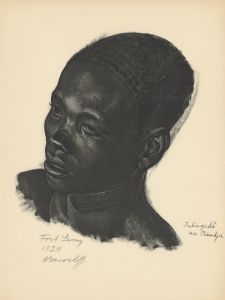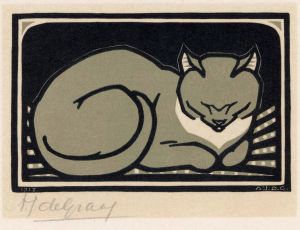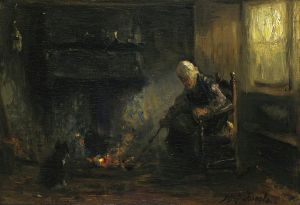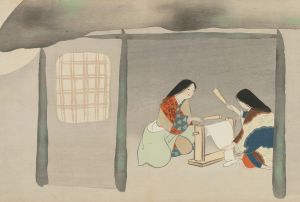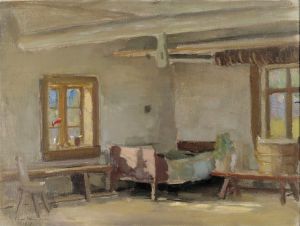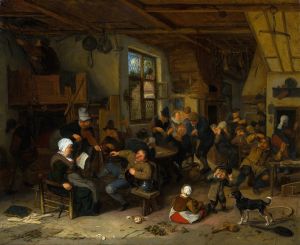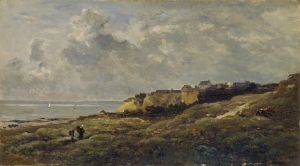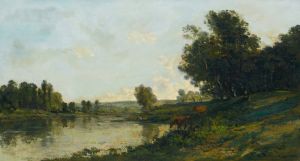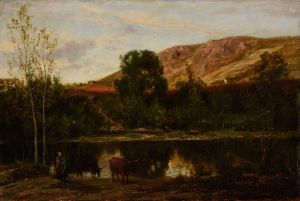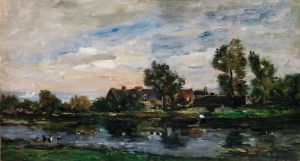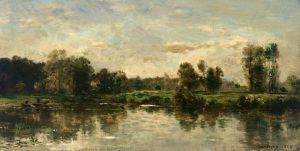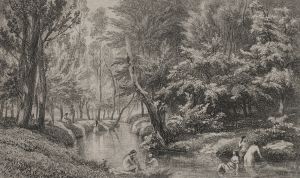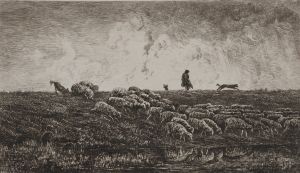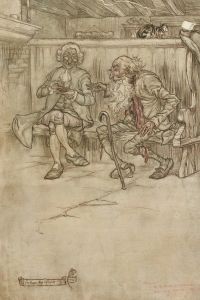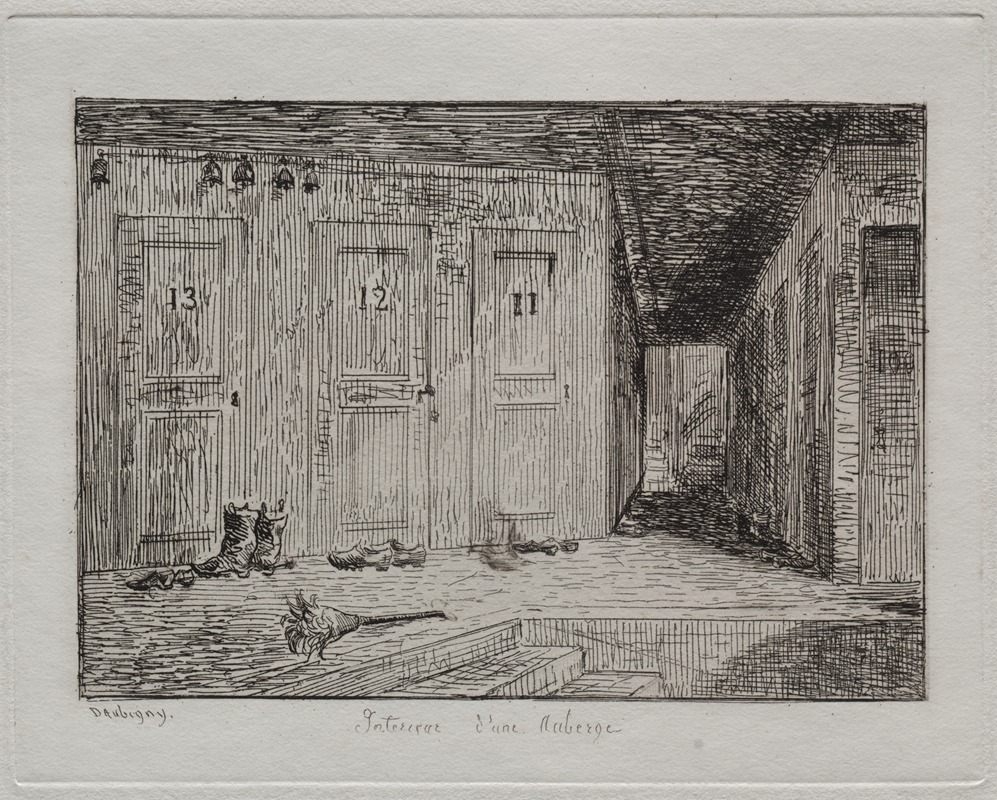
Interior of an Inn
A hand-painted replica of Charles François Daubigny’s masterpiece Interior of an Inn, meticulously crafted by professional artists to capture the true essence of the original. Each piece is created with museum-quality canvas and rare mineral pigments, carefully painted by experienced artists with delicate brushstrokes and rich, layered colors to perfectly recreate the texture of the original artwork. Unlike machine-printed reproductions, this hand-painted version brings the painting to life, infused with the artist’s emotions and skill in every stroke. Whether for personal collection or home decoration, it instantly elevates the artistic atmosphere of any space.
"Interior of an Inn" is a painting by the French artist Charles François Daubigny, who was a prominent figure in the Barbizon School, a movement that laid the groundwork for Impressionism. Daubigny was born on February 15, 1817, in Paris, France, and he became known for his landscape paintings, which often depicted rural scenes and the natural environment.
The exact date of "Interior of an Inn" is not well-documented, but it is believed to have been created during the mid-19th century, a period when Daubigny was actively producing a significant body of work. This painting is a departure from his usual landscapes, focusing instead on an interior scene, which showcases his versatility as an artist.
"Interior of an Inn" captures a moment inside a rustic inn, a common social setting in 19th-century France. The composition typically includes figures engaged in various activities, such as eating, drinking, or conversing, reflecting the everyday life of the time. The use of light and shadow in the painting demonstrates Daubigny's skill in creating depth and atmosphere, making the viewer feel as though they are part of the scene.
Daubigny's technique in this painting is characterized by loose brushwork and a keen attention to detail, particularly in the textures of the wooden furniture and the clothing of the figures. This approach aligns with the Barbizon School's emphasis on realism and the depiction of ordinary life. The color palette is often muted, with earthy tones that enhance the sense of warmth and coziness within the inn.
Throughout his career, Daubigny was influenced by other artists of his time, including Camille Corot and Jean-François Millet, both of whom were also associated with the Barbizon School. His work, in turn, influenced younger artists, such as Claude Monet and Vincent van Gogh, who admired his ability to capture the essence of the natural world and everyday scenes.
"Interior of an Inn" is an example of Daubigny's broader artistic contributions beyond landscapes. It highlights his ability to convey the human experience and the social interactions of his time. The painting is part of various collections and has been exhibited in numerous galleries and museums, contributing to Daubigny's reputation as a significant figure in 19th-century French art.
In summary, "Interior of an Inn" by Charles François Daubigny is a notable work that exemplifies his skill in depicting interior scenes with a realistic and atmospheric approach. It stands as a testament to his versatility and his influence on the development of modern art.





